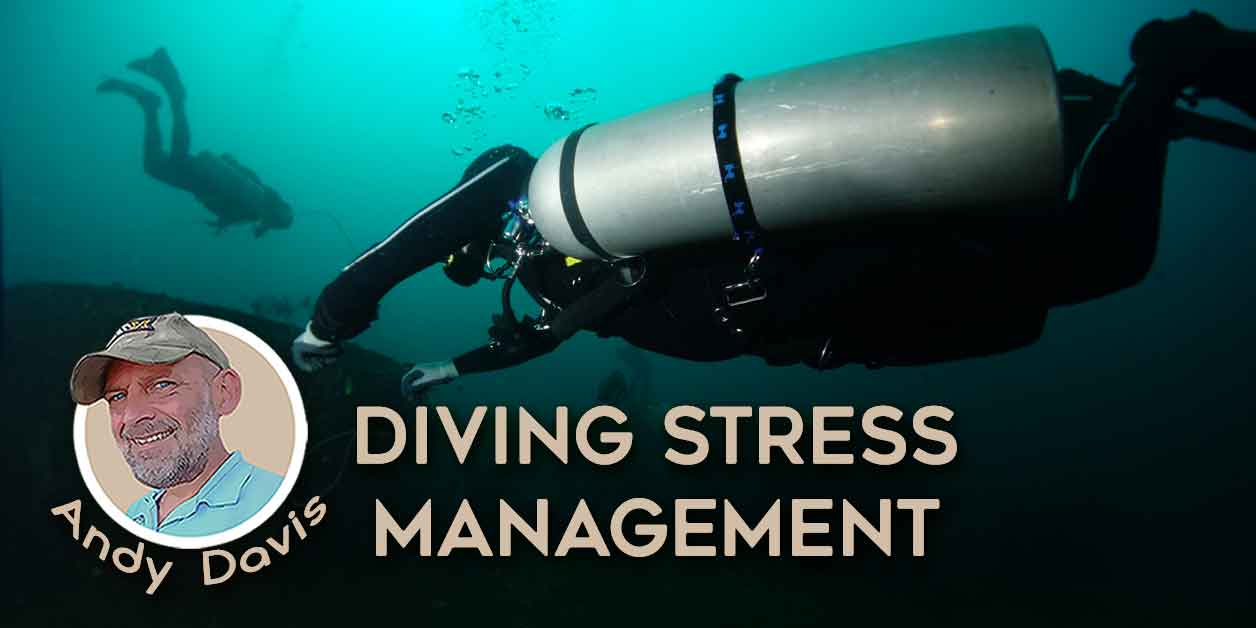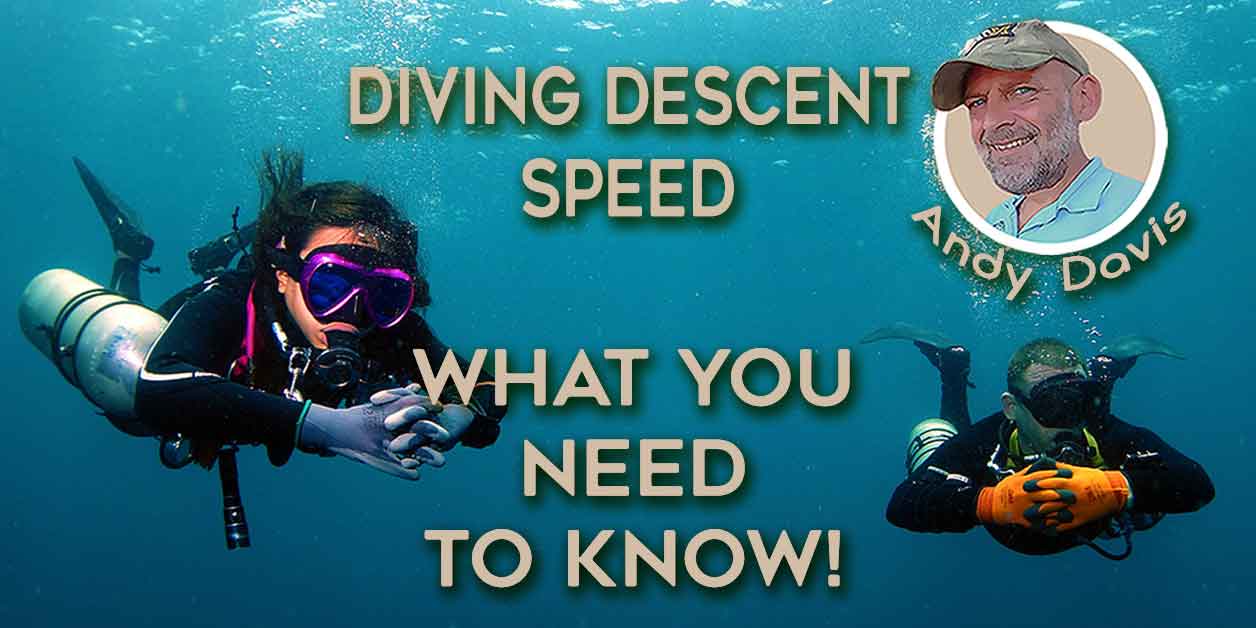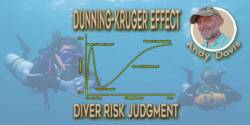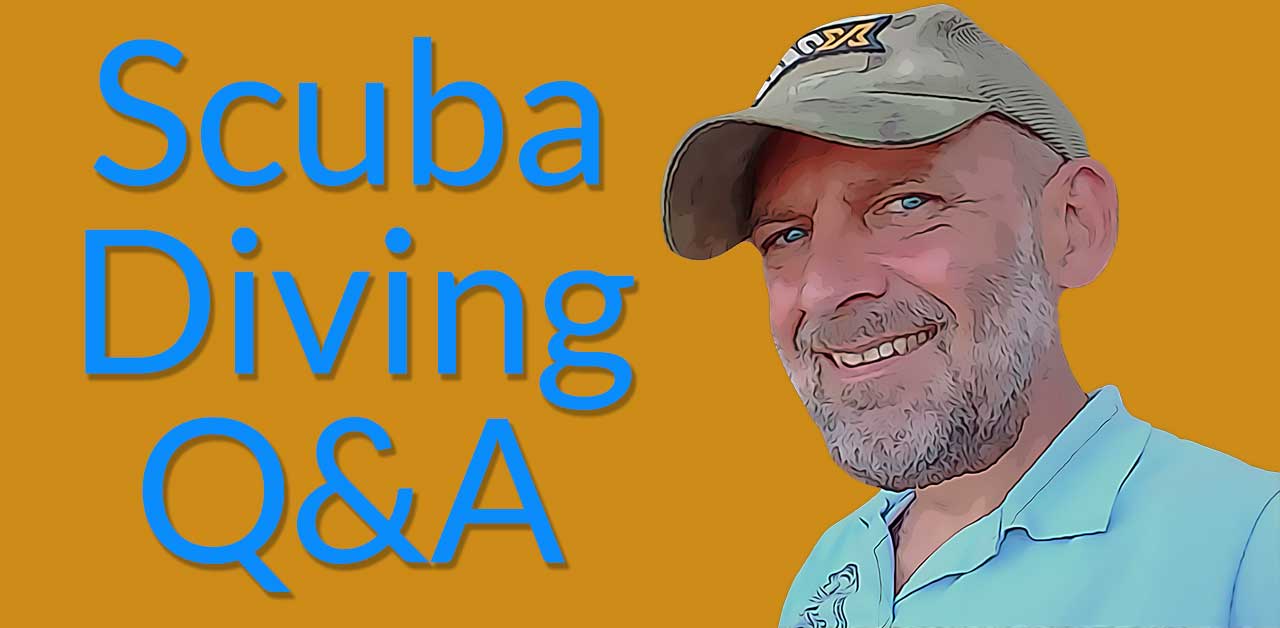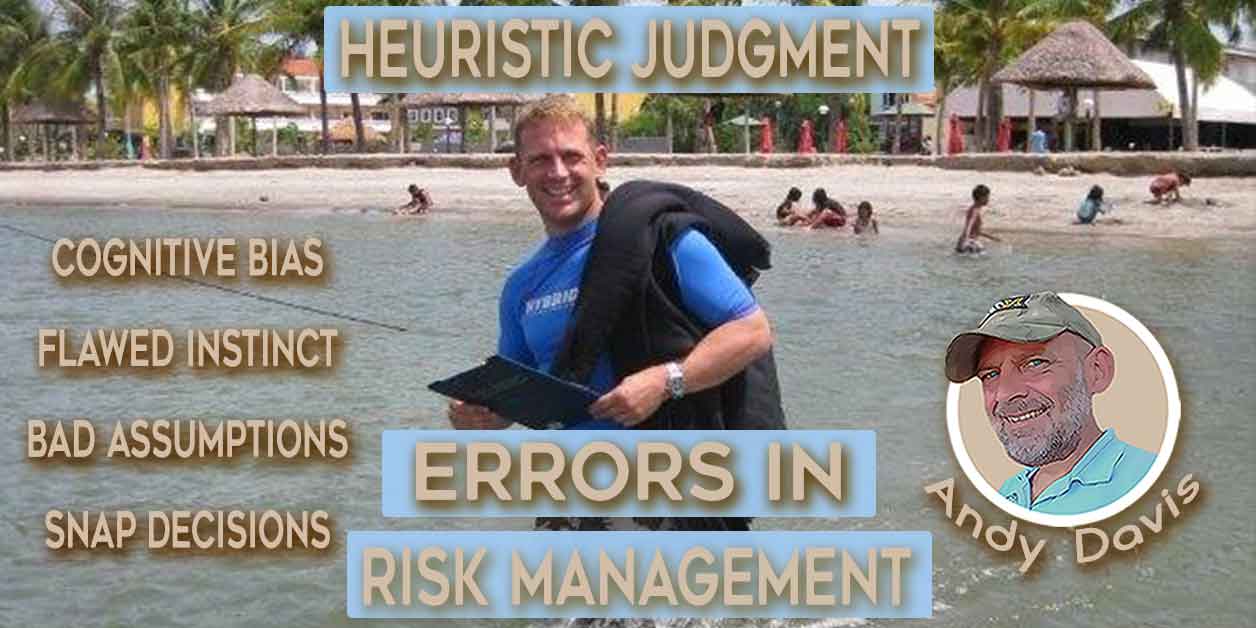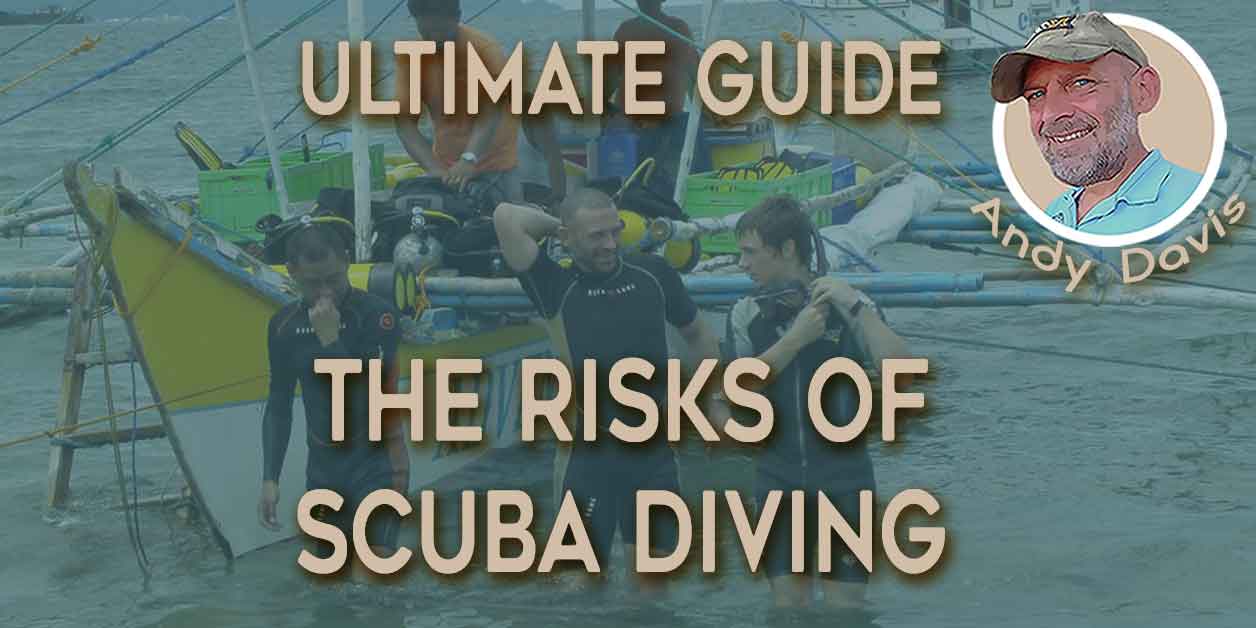Scuba Diving Safety Protocols: Buddy Separation
by Andy Davis
Losing your buddy is an easy way to ruin a good dive. Being alone underwater can cause many divers apprehension. It often also ends in an aborted dive – which sucks when you’ve spent your hard-earned money, time, and effort in going scuba diving.
Buddy separation can be avoided by using effective diving procedures and maintaining a focused mindset (more about that another day). But that doesn’t mean that divers shouldn’t consider their contingency planning for the possibility of separation.
Here’s my view on designing an effective Buddy Separation protocol…

Team Roles.
I teach my students that pre-designated ‘roles’ should be agreed upon before the dive (as part of dive planning). This is especially applicable to buddy separation scenarios.
If one diver is primarily lead/navigating the dive, then they will be the diver to retrace their steps and reunite the team/pair. The other diver will remain static – observe and, where possible, aid discovery by highlighting themselves.
Being Visible.
You can highlight yourself by; rotating a light 360 degrees, partially deploying a DSMB above your head (with a very slight amount of air in it), etc
Search Timing.
The team has a pre-set amount of time to be re-united. The ‘default’ time is 1 minute unless otherwise planned. When that time expires, both divers will begin a solo ascent whilst maintaining observation.
Ascent Protocols.
It is important to establish a protocol for the ascent in your contingency dive planning.
One big question is whether or not to complete a safety stop. This could be an easy ‘yes’ or ‘no’. Or it could be set against flexible criteria, such as;
a) If less than 10min NDL do a safety stop / If more than 10min NDL don’t do a safety stop.
b) If more than 20min bottom time perform a safety stop / If less than 20min NDL don’t do a safety stop. etc etc.
On the Surface.
Upon reaching the surface, the divers continue observation. Deploying DSMBs at the beginning of the ascent can aid this. Divers should expect a variation in the time that they arrive on the surface, depending on how long it took them to realize the separation and engage the protocol for ‘missing buddy’.
Separation becomes ‘missing’.
Buddy teams should also pre-define a maximum amount of time in which to reunite on the surface. If that time is exceeded, then the buddy should raise an alarm and begin search proceedings for a missing diver. This would be a serious escalation in the severity of the scenario.
The whole drama of buddy separation is avoidable if appropriate diving techniques are used for the environment and both divers maintain good situational awareness and effective buddy procedures.
About The Author

Andy Davis is a RAID, PADI TecRec, ANDI, BSAC, and SSI-qualified independent technical diving instructor who specializes in teaching sidemount, trimix, and advanced wreck diving courses.
Currently residing in Subic Bay, Philippines; he has amassed more than 10,000 open-circuit and CCR dives over three decades of challenging diving across the globe.
Andy has published numerous diving magazine articles and designed advanced certification courses for several dive training agencies, He regularly tests and reviews new dive gear for scuba equipment manufacturers. Andy is currently writing a series of advanced diving books and creating a range of tech diving clothing and accessories.
Prior to becoming a professional technical diving educator in 2006, Andy was a commissioned officer in the Royal Air Force and has served in Iraq, Afghanistan, Belize, and Cyprus.
In 2023, Andy was named in the “Who’s Who of Sidemount” list by GUE InDepth Magazine.
Purchase my exclusive diving ebooks!
Originally posted 2017-10-13 14:51:32.







